- Author Jason Gerald [email protected].
- Public 2023-12-16 10:50.
- Last modified 2025-01-23 12:04.
IP addresses serve as a way of telling the destination of sending information on the network. Every device connected on a network has a “private” IP address for that network, and your network as a whole has a “public” IP address on the internet. While a device's IP address may change each time you turn it on, the router's or default gateway's IP address does not change and will determine the IP addresses of other connected devices on the network. The method you can follow to find out the IP address will depend on the device you are using.
Step
IP Address Basics
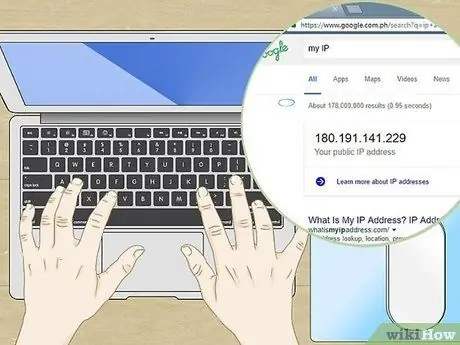
Step 1. Look for a public IP address if you want to know what your address is showing on the internet
This is the IP address of the computer or network that is displayed to the internet. If you need a direct incoming connection to your computer from the internet, you will need a public IP address. Public IP addresses are generally used in a number of ways, such as setting up game servers, proxy servers, or FTP servers.
Click here to find out how to find a public IP address

Step 2. Look for a private IP address when you need the address of a specific device connected in the network
This address is the IP address of the device connected to the network. Each device that enters the network will have its own private IP address. With this address, your router sends the right information to the right device. Your device's private IP address cannot be seen on the internet. Please select the appropriate method below for the device you are using:
- Windows computer
- Mac computer
- Android Device
- iPhone

Step 3. Find the IP address of the router or primary gateway when you need to make changes to the home network
This address is the network router's IP address. With this address, you can access the router configuration page. The router's IP address is the basis of all private IP addresses of connected devices on the network. The method you can follow to find out the router's IP address depends on the operating system you are using (eg Windows or Mac):
- Windows computer
- Mac computer
Method 1 of 7: Finding Public IP Address

Step 1. Open a web browser on your computer or device
You can use a computer or network-connected device to find out your network's public IP address.
Make sure the device is connected to the network first. For example, if you want to look up a public IP address via a smartphone while the device is not yet connected to a WiFi network, you will instead get a public IP address from the cellular data network

Step 2. Visit the Google site
Using Google is one of the easiest ways to find a public IP address, but there are many websites that can provide the same functionality. Most of the search engines you can use in this process.

Step 3. Type in "my ip" and do a search for the entry
You can see the public IP address displayed at the top of the search results.
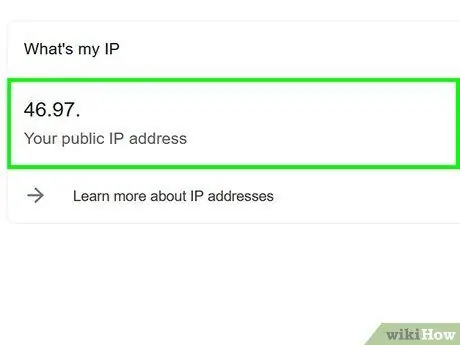
Step 4. Look for the public IP address
Public IP addresses will appear at the top of Google search results. This is the IP address of your network which can be seen on the internet.
Method 2 of 7: Finding a Private IP Address (Windows)
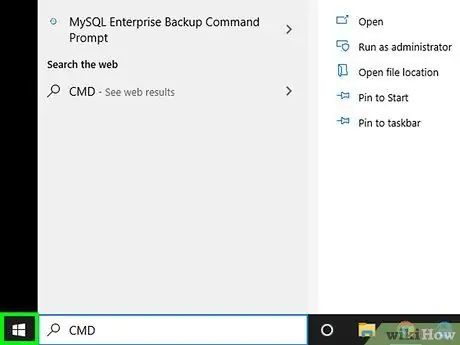
Step 1. Click the “Start” button
The “Start” menu or page will open after that.
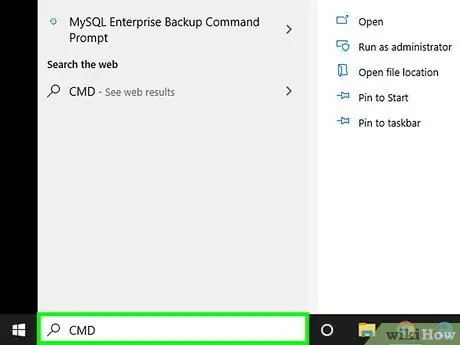
Step 2. Type "cmd" and press the button
Enter to open the Command Prompt program.
Once the "Start" menu or window is opened, type "cmd" and press Enter to launch the Command Prompt program.
On Windows 7 and earlier, you can select the Command Prompt program from the “Start” menu
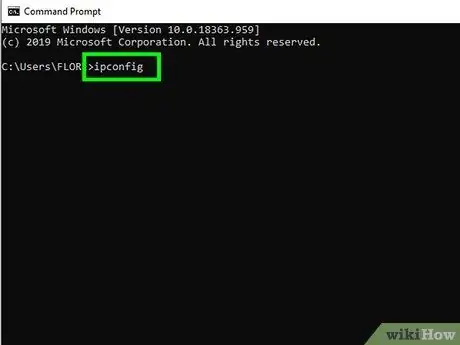
Step 3. Type
ipconfig and press the button Enter.
After that, all network information records will be displayed. You may need to expand the Command Prompt window to see all the information.
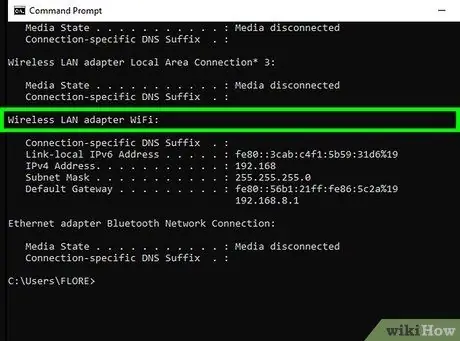
Step 4. Look for an active network adapter
Most computers have one or two adapters, although you may have more, depending on your settings. If you can connect your computer to the internet wirelessly and via an ethernet cable, you have at least two adapters. Look at the adapter name on the list to see which adapter you're reviewing.
If the adapter is not in use (eg a wireless ethernet port connected), the Media state option will display the label Media disconnected

Step 5. Pay attention to the entry
IPv4 Address.
The address shown is the device's private IP address. You need this address if you want to troubleshoot or configure the local network. Each device connected in the network has a different, but similar IP address.
Method 3 of 7: Finding a Private IP Address (Mac)
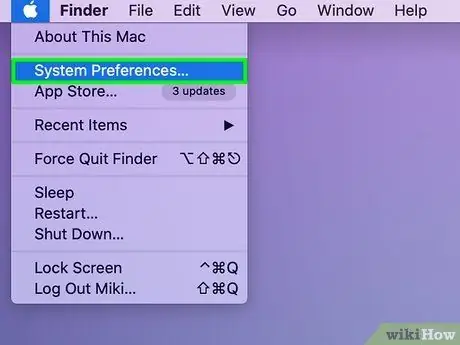
Step 1. Click the Apple menu and select “System Preferences”
The “System Preferences” menu window will appear after that.
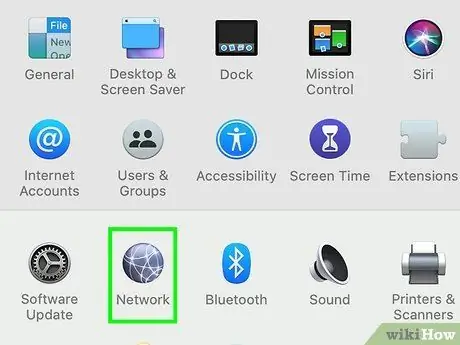
Step 2. Click the “Network” option
A new window will open and the network adapter on the computer will be displayed on the left side of the window.
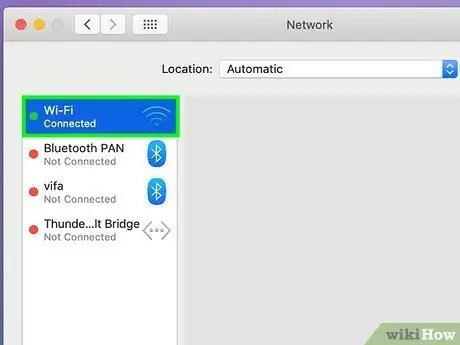
Step 3. Select an active adapter
Usually, the active adapter will be selected automatically. If you have multiple adapters, select the adapter with the IP address you want to check. If the adapter is not currently connected to the internet, the indicator next to it will be shown in red.
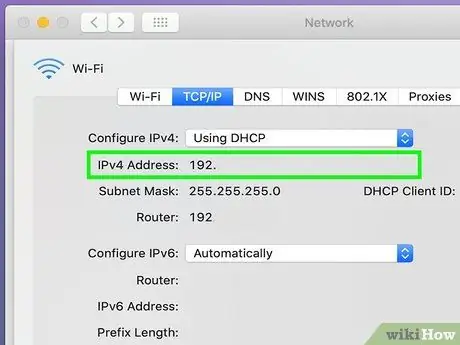
Step 4. Find the IP address
The Mac computer's private IP address will be displayed in the "IP Address" entry.
On earlier versions of OS X, you will need to click the " TCP/IP " tab at the top of the window to see the " IP Address " entry
Method 4 of 7: Finding Private IP Address (Android Device)

Step 1. Open the device settings menu (“Settings”)

Step 2. Touch the “Wi-Fi” option
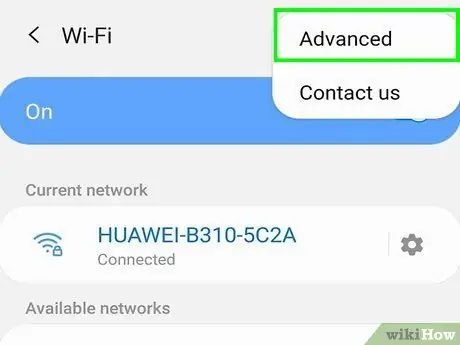
Step 3. Touch the menu button (⋮) and select “Advanced”
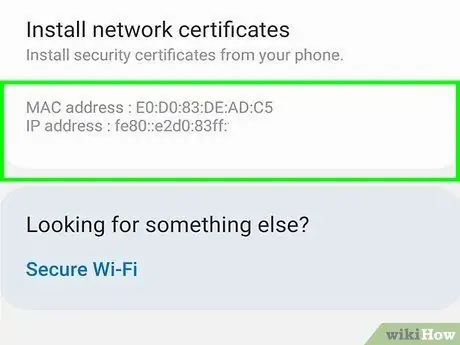
Step 4. Scroll to the bottom of the “Advanced” menu and look for the “IP address” field
This column will display the private IP address of the Android device you are using.
Method 5 of 7: Finding Private IP Address (iPhone)
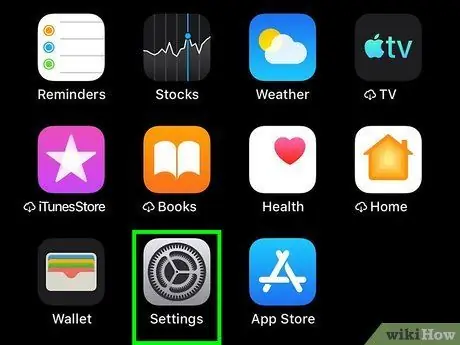
Step 1. Open the phone settings menu (“Settings”)
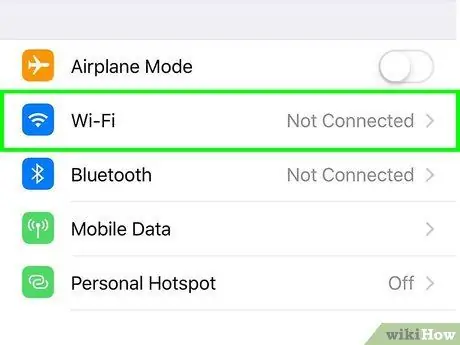
Step 2. Touch the “Wi-Fi” option
After that, a list of available wireless networks will be displayed.
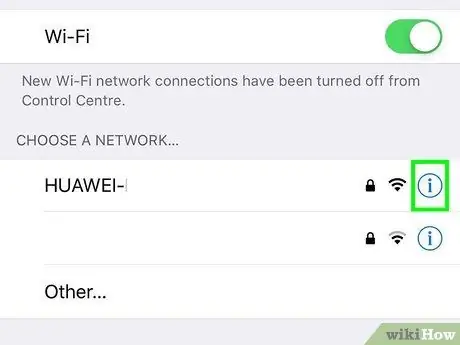
Step 3. Touch the button which is next to the wireless network
The details of the currently connected network will be displayed.
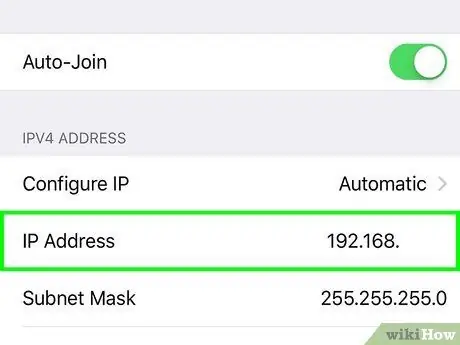
Step 4. Look for the “IP Address” entry
After that, the IP address of the iPhone will be displayed and is usually at the top of the list of information.
Method 6 of 7: Finding the Main Router/Gateway IP Address (Windows)
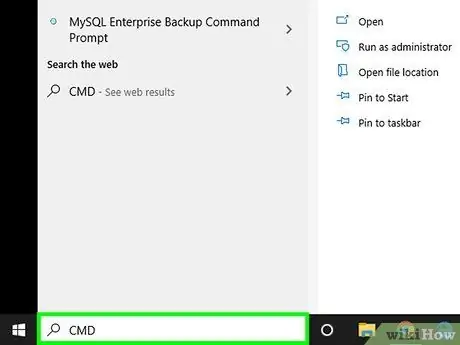
Step 1. Click the “Start” menu button and type “cmd”
The Command Prompt program will run after that.
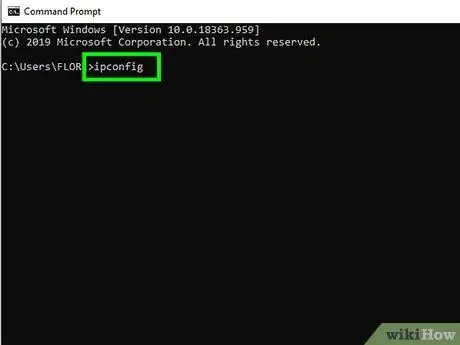
Step 2. Type
ipconfig and press the button Enter.
A list of all available network adapters on the computer will be displayed.
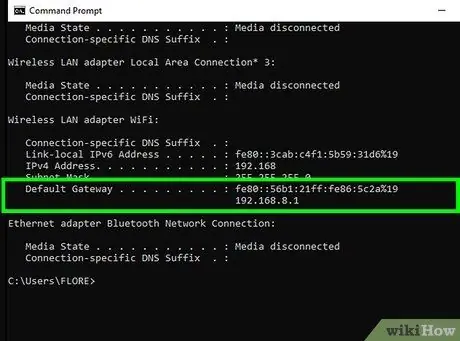
Step 3. Look for the entry
Default Gateway for the current adapter.
Look for the network adapters currently in use by checking the title of each adapter. The Default Gateway entry will display your router's IP address.
Adapters that are not currently connected to the internet will display a message or label Media disconnected
Method 7 of 7: Finding the Main Router/Gateway IP Address (Mac)
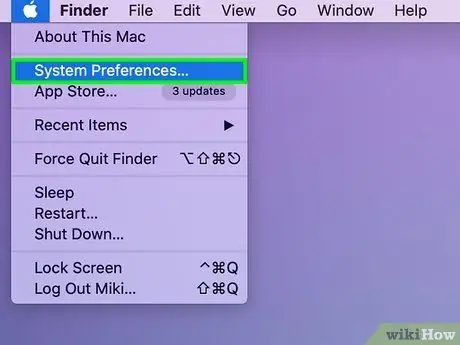
Step 1. Click the Apple menu and select “System Preferences”
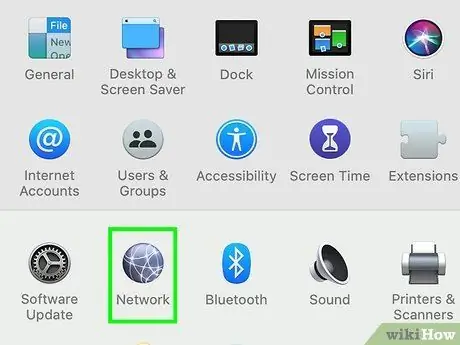
Step 2. Click the “Network” option
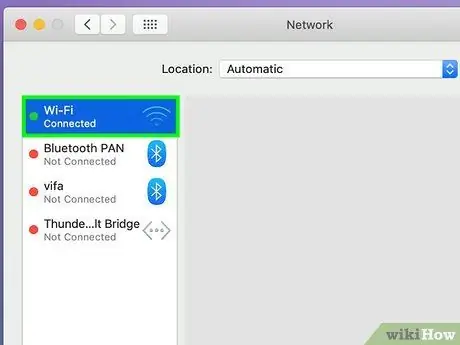
Step 3. Select a network adapter
The adapter that is currently connected will be indicated by a green indicator.
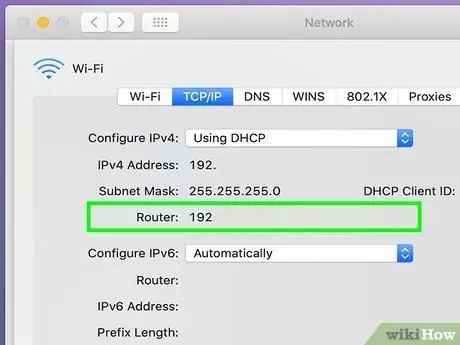
Step 4. Look for the "Router" entry
The IP address shown in this entry is the primary router/gateway IP address.






